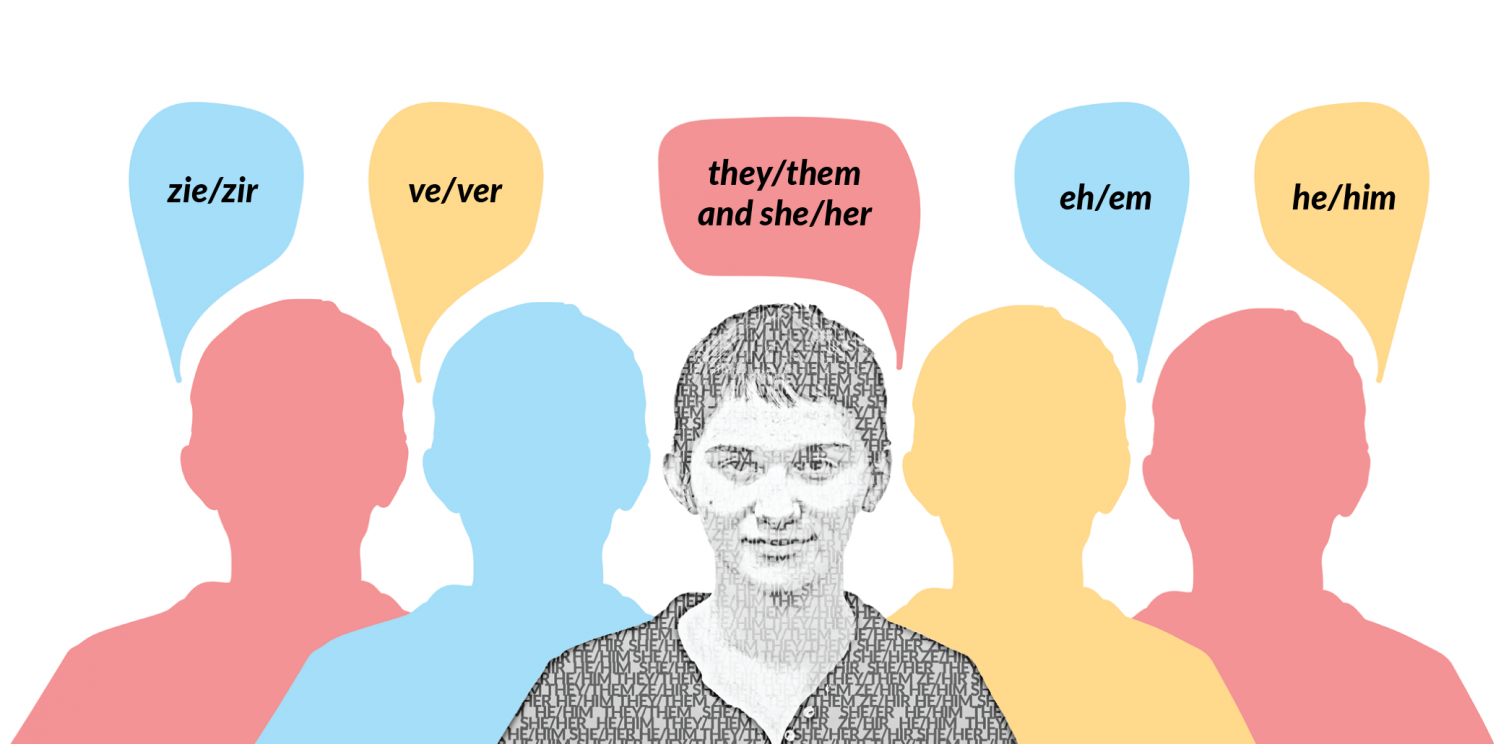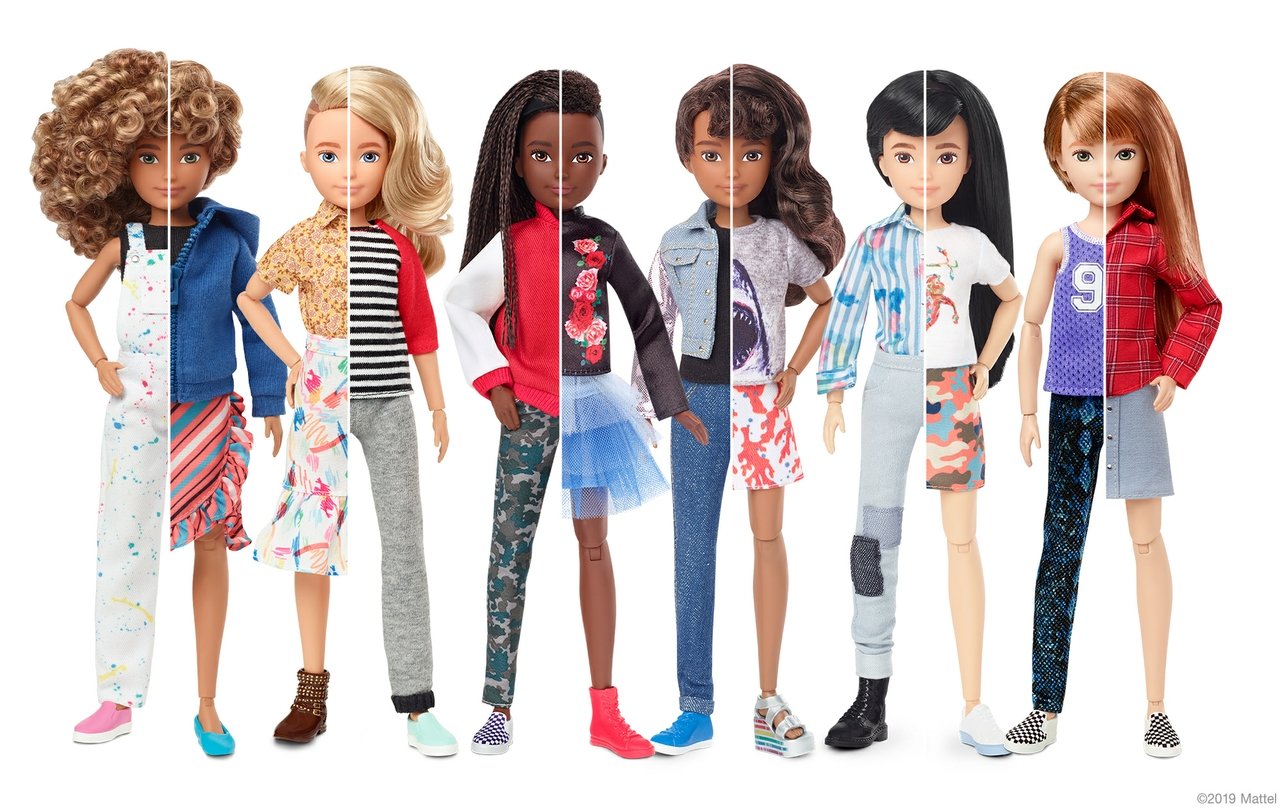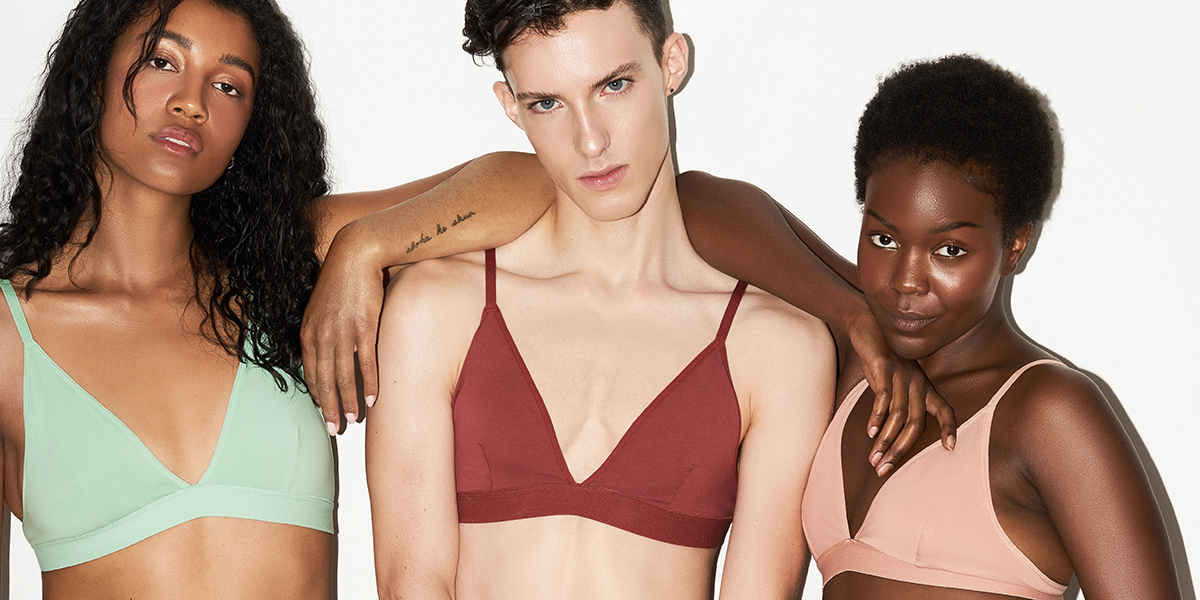

Photo Source: The Rubicon
Marketing // June 1, 2021
For years, brands have tailored marketing messages based on gender stereotypes for their products, or a strategy known as gendered marketing. A classic example of gendered marketing is the pink and blue divide. When you walk into a toy store, you might find the same toy car offered in two colours – pink for girls and blue for boys. The pink and blue divide is not only found in children’s toys, but it is also prominent in personal hygiene products, food and drinks, clothing and more.
Fast forward to today, gender is viewed much differently than years before. People are tearing down gender stereotypes and embracing gender fluidity. Modern consumers are looking for brands that offer an inclusive experience that does not force overly masculine or feminine stereotypes towards people of all gender identities. So what exactly does this mean for brands?

Photo Source: Highsnobiety
The first question to tackle is: what is gender neutrality? According to Merriam-Webster, the dictionary definition for the term is “not referring to either sex but only to people in general”. In other words, gender neutrality is about avoiding the usage of words that may be interpreted as biased or discriminatory by reinforcing outdated gender norms.
As we step into a genderless future, there is a growing emphasis on using gender-inclusive language that brands should answer to. For instance, Google Docs recently took a stance on gender neutrality by switching up its predictive text technology to suggest gender-neutral terms for its users.
The Future Is Now
Social media activism has played a critical role in mobilising social movements. Many youths have turned to social media to show their support for a cause with hashtags like #MeToo, #HeForShe and the list goes on. It is prime time for brands to reflect and appeal to the younger generation’s values, especially since it is forecasted that Generation Z will become the largest global age group.

Photo Source: Garage
Consumption for modern consumers, especially Millennials and Generation Z, are led by ethics. What this means is brands would have to align with this group of consumers by identifying the topics and causes that are relevant. In fact, a study has found that younger consumers are more likely to support brands that can best represent their values, and that includes brands that can highlight their freedom in expressing individuality.
One such brand is Cola-Cola, which took it to the Superbowl to celebrate gender diversity with their ‘The Wonder of Us’ commercial. The 60-second ad delivered a subtle yet impactful message on inclusivity which garnered positive reception on social media.
Cola-Cola - The Wonder of Us Commercial
Give It a Purpose
According to this study by Deloitte, companies that can articulate and address their purpose tend to be more successful. Brands have to evolve along with the times or risk alienating potential customers, which also means accepting and adapting to social shifts. For example, parental complaints have led the toymaker behind the iconic Barbie dolls – Mattel to come out with gender-neutral dolls as a pushback against gendered toys.

Photo Source: The New York Times
The blurring of traditional gender roles means that attempting to reinforce outdated gender stereotypes and norms might land your brand in hot water. With that being said, sitting by the sidelines might bring consequences too. A report by Edelman found that 2 in 3 consumers today are ‘belief-driven buyers’, which means these consumers will reward or punish brands based on their stance, or a lack thereof, on social issues.
One way for brands to go around this is by first identifying their target audience and re-evaluate their purpose strategy. When done right, it can shape your brand’s purpose and in return, help build reputation, loyalty and relevance among your consumers.
Made for All
For years, consumers have been trying to tell brands one thing: unisex sells. With gender neutrality, your brand can offer a streamlined experience for your consumers. Taking on the genderless approach can make your brand’s advertising messages appear clearer and more consistent, and hence more effective in reaching the intended audience. Furthermore, the shift towards gender-neutral packaging and distribution is advantageous to both your brand and the environment as it can help lower production costs and reduce waste.

Photo Source: Chief Packaging Officer
Ever heard of Pink Tax? The Pink Tax is a gender-pricing strategy where products and services marketed towards women cost more than those marketed to men. Although this “tax” does not officially exist, it can be seen at play when you walk into your local drugstore to purchase personal care products that are colour-coded, like a pink razor or a fruit-fragranced shampoo. For years, consumers have been calling out discriminatory gender-based pricing and brands should address this consumer experience gap by taking on a genderless approach for their products. Being an advocate for fair pricing also means being inclusive to a wider audience of all gender identities.

Photo Source: Mission
There Is Truth in Neutrality
The sociocultural movement on rewriting the meaning of gender will only grow bigger from here. The reality is gender is not a good predictor of a consumer’s behaviour and preferences. One thing is clear: the global shift towards gender neutrality is more than just a trend and brands have to adapt to this generational shift or risk becoming obsolete.
Need help navigating your brand around today’s landscape? Contact us HERE and we’ll be happy to lend a hand!